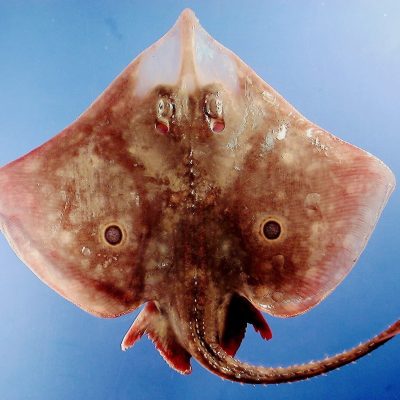The tiny fish Danionella dracula has caught the attention of scientists due to its unique heterochrony and unusual anatomy, making it an interesting subject for neurophysiological and developmental biology research. Unlike most fish, which undergo larval development before reaching adulthood, Danionella dracula retains many larval characteristics even in adulthood. Scientists at the Senckenberg Research Institute and Natural History Museums have discovered a particularly interesting form of this delayed development in the fish, which was first discovered in East Asia in 2009. The researchers bred the fish in the lab to observe its growth and development in detail, and found that it not only retains many larval features, but also lacks several skeletal elements in adulthood.
Despite missing parts of its skull, Danionella dracula has an unusually well-developed Weberian apparatus, which is responsible for intra-species communication. This apparatus is made up of three tiny bones that resemble the middle ear bones of humans, and transmit sound waves from the swim bladder to the inner ear. This rapid development of certain organs while others remain underdeveloped is highly unusual in vertebrates, making Danionella dracula an ideal model organism for neurophysiological research. Additionally, its unique heterochrony makes it of great interest to developmental biologists.
Overall, the discovery of Danionella dracula’s unique development has opened up new avenues for research in the fields of neurophysiology and developmental biology. Its unusual anatomy and rapid development of certain organs while others remain underdeveloped make it a fascinating subject for further study.










